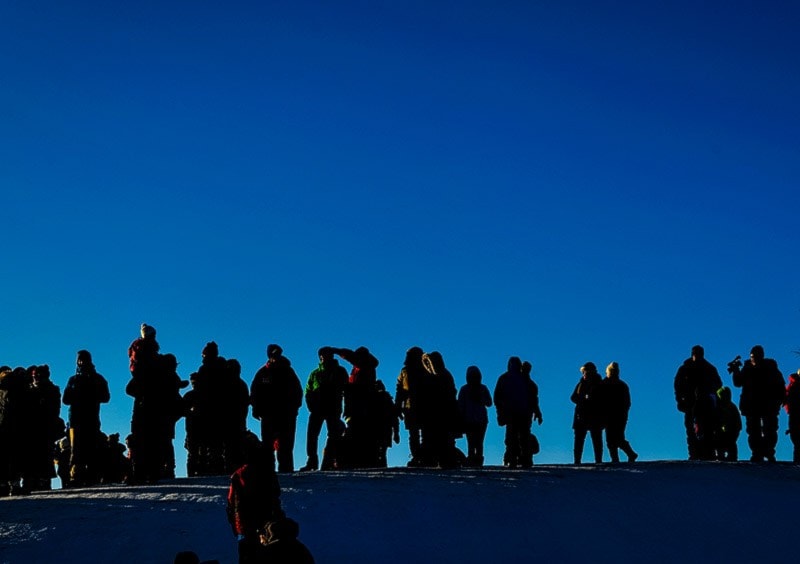The Yukon has reclaimed its title as Canada’s least populous jurisdiction.
Data from the 2016 census show that 35,874 people live in the Yukon, compared to 35,944 in Nunavut — a difference of 70 people.
The Yukon had the smallest population in Canada until Nunavut was separated from the Northwest Territories in 1999.
The Northwest Territories is now home to 41,786 people. Together, the three territories have a population of 113,604, meaning that one in every 330 Canadians lives north of 60.
Gary Brown, senior information officer with the Yukon Bureau of Statistics, said Yukon’s population will likely remain the smallest in Canada, because Nunavut is growing so fast.
Between 2011 and 2016, Nunavut grew by 12.7 per cent, compared to 5.8 per cent in the Yukon and five per cent across Canada.
Brown said that’s largely due to high fertility rates in Nunavut. In 2013, women in Nunavut were having just over three children on average, compared to 1.5 in the Yukon.
Even when the Yukon’s economy was booming between 2006 and 2011, Brown said, the territory’s population growth was still lower than Nunavut’s is now, at 11.6 per cent. The Yukon was home to 33,897 people in 2011.
Still, the Yukon’s growth rate was equal to Manitoba’s and higher than that of every other Canadian jurisdiction except for Nunavut, Alberta and Saskatchewan.
Brown said that’s likely because sectors like construction, retail and real estate are doing well.
“Despite the downturn in the mineral sector, the other sectors have been really quite strong in the last few years,” he said. “Things are still pretty good here.”
The population of Whitehorse increased from 23,276 to 25,085 between 2011 and 2016. The city now accounts for 70 per cent of the territory’s population, up from 69 per cent in 2011.
Brown said Whitehorse has been growing faster than the communities for decades, as Canada as a whole has become more urban. “It’s not out of step with the rest of the country,” he said.
Several Yukon communities have lost residents in the last several years. Ross River’s population is down to 293 from 352 in 2011. Old Crow is down to 221 from 245, Mayo is down to 200 from 226, and Watson Lake is down to 790 from 802.
Dawson City has gained 56 people, from 1,319 in 2011 to 1,375 in 2016. Haines Junction has grown from 593 to 613. Other communities, including Teslin and Faro, remain largely unchanged.
The communities around Whitehorse have also grown substantially. Marsh Lake is up to 696 people from 619 in 2011, Mt. Lorne is up to 437 from 408, and Carcross is up to 301 from 289.
Canada’s total population has increased to 35.2 million from 33.5 million in 2011.
Census data is to be released in instalments throughout the year. Age and sex data will be made available May 3.
Last August, Statistics Canada announced that 98.4 per cent of Canadians had filled out their census questionnaires, making the 2016 census the “best ever.”
The Harper government cancelled the mandatory long-form census in 2010, but it was reinstated shortly after Prime Minister Justin Trudeau was elected in 2015.
Contact Maura Forrest at maura.forrest@yukon-news.com
